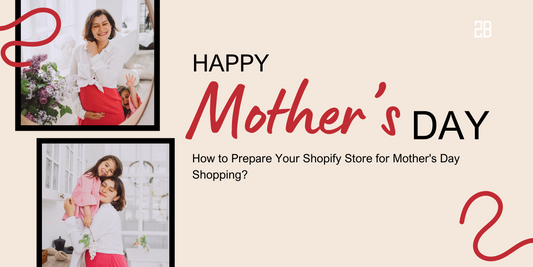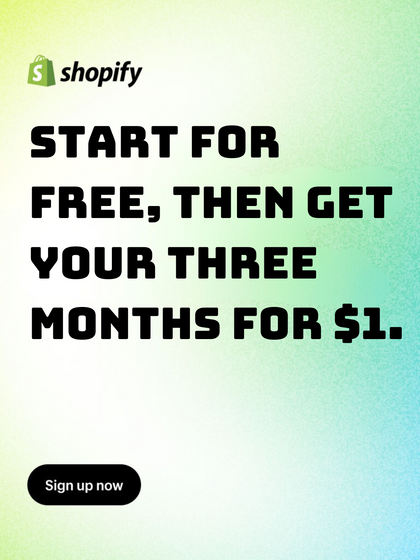The worldwide e-commerce market has recently gotten a bigger slice of the pie. According to Adobe, the market could be worth more than $4 trillion by 2021. The importance of e-commerce was also highlighted during Covid-19, prompting customers to look for digital purchasing alternatives.
The more competitive the market, the more difficult it is to obtain more orders. As a result, we'll provide you an overview of Shopify as well as our top-recommended Shopify tips and techniques to get you started.
If you're currently selling somewhere else and want to switch to Shopify, our staff is always available to help.
1/ Social proof in product reviews
It's a psychological phenomenon called social proof. Robert Cialdini invented the term "influence" in his book Influence in 1984. The word simply means that if a large number of customers think your product is good, the new buyer is likely to think so as well. Social proof can be found in the form of reviews, current customers or partners, media coverage, and more in marketing.

Social proof
One of the best Shopify strategies that might help you acquire consumer confidence quickly is to use social proof. According to Trustpilot, nearly 90% of shoppers read product reviews before making a purchase. As a result, internet retailers make a concerted effort to obtain client feedback following purchases. As a result, maintaining the human touch in a digital environment is essential!
Include several important factors in your social proof, such as:
Adding customer-submitted product images.
The number of products sold is displayed.
Using the "Best Seller" mark or similar products.
Customer reviews are displayed on the product page.
Using social media to disseminate the proof.
2/ 360 Product Viewer
Product graphics and displays are important retail assets that can influence customers' purchasing decisions.
According to MIT, our brain processes an image's information in about 13 milliseconds. Reading roughly 25 words, on the other hand, takes almost 6 seconds. Images convey information more quickly than text, and a 360-degree product display saves your clients' time.
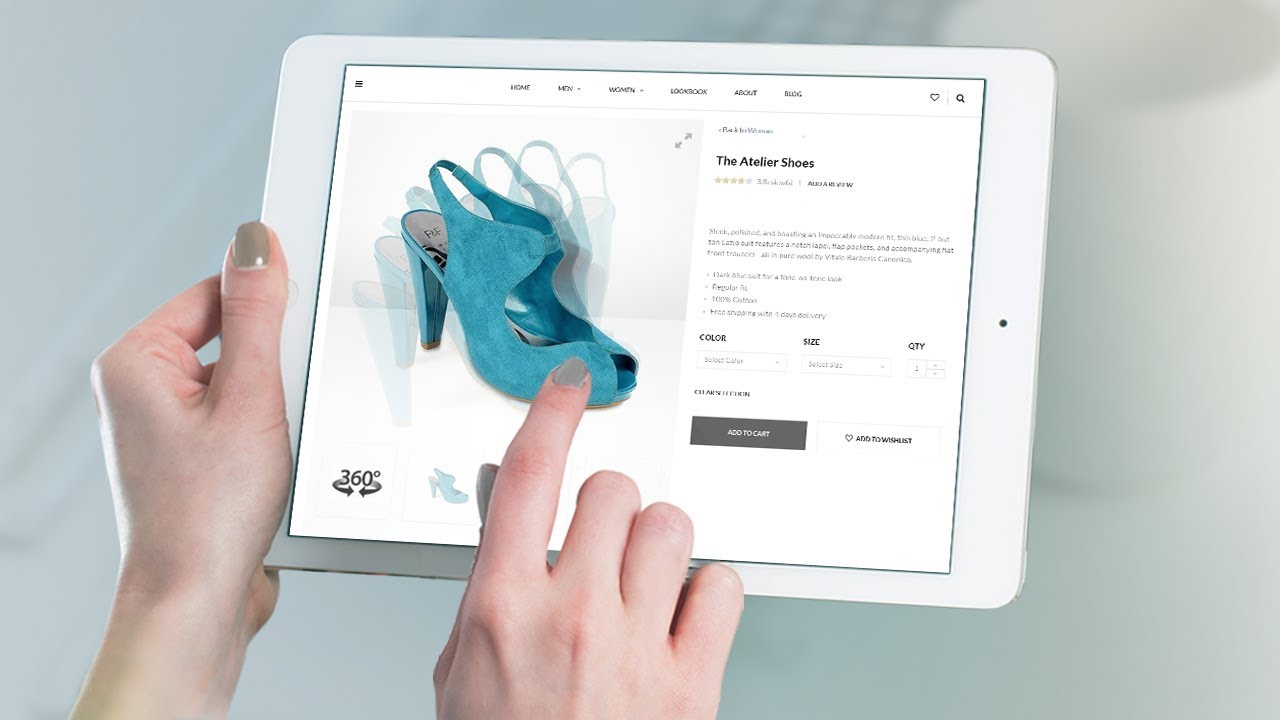
Spin 360
Simple graphics, unfortunately, are likely to become obsolete in the future. You may try using a 360-degree product vision! It not only saves time, but it also allows customers to rotate products in the same way they do in the store, restoring the original experience before Covid-19. This is one of the best Shopify recommendations for you to implement in the next few months.
Shopify, thankfully, has related apps! Go to the Shopify App Store, search for "360" or "product spinner" in the bar search, and pick the best one. Consider using Cappasity's 3DShot app, a sophisticated tool that allows you to visualize your products in 3D.
3/ CTA
Applying the core theme, page navigation, and product displays are just a few of the first tasks in finishing a Shopify store. The next challenge is persuading visitors to take an action — the desired action, on the page. At this point, call-to-action (CTA) items are the best option.
CTAs come in a variety of shapes and sizes, including text boxes, pictures, and buttons. A call-to-action can be placed anywhere on a page: at the top, throughout the page, or at the bottom. Joy's website is an excellent example of a CTA display. The CTA button is located at the top of the homepage and is purple in color, which contrasts with the vivid background image. Use this checklist to ensure that all CTA items are optimized:
Shape that is well-designed: to attract buyers' attention by using the proper color and shape.
Strong visibility: the item should be displayed in a prominent location on the page.
Benefits that are obvious: to entice clients to click with benefits that are obvious.
Use terms like "explore now" and "learn more" in your copy to prompt customers to take action.
To eliminate distractions and encourage customers to read more quickly, send a short and urgent message.
4/ On-page and off-page SEO
Improving your store's Google search rating will boost your chances of receiving more orders. It also reduces the possibility of no sales on Shopify during the Covid-19 pandemic. During difficult times, a positive Search Engine Optimization (SEO) plan will undoubtedly assist your store in increasing visitors.
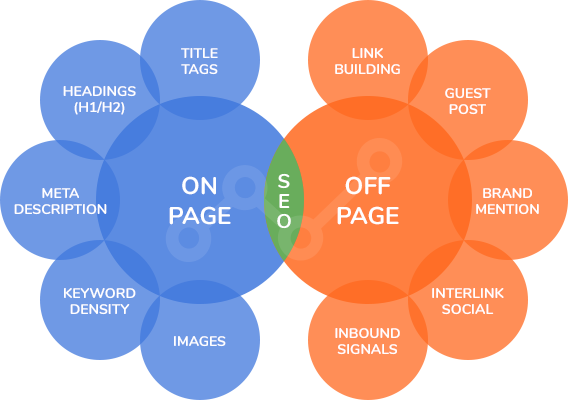
On-page and Off-page
On-page SEO and off-page SEO are the two SEO buckets, respectively.
All activity done outside of your website to increase your site's rankings is referred to as off-page SEO. Google ranks websites based on a variety of off-page factors, including the quality of links. The majority of off-page labor consists of link development, but there is more. Off-page tasks include the following:
The number of referring domains is increasing.
Examining the authority and relevance of the connecting page.
Taking into account "nofollow" or "dofollow" connections, as well as the traffic of connected pages.
On-page SEO refers to the process of optimizing website-related aspects like visible content and HTML source code. Google looks at the many content boundaries of your site to see if it's relevant to the search query. The following are a few popular content optimization strategies:
Optimizing the title tag, meta description, and images by including keywords in the titles and sub-keywords throughout the material
Including both internal and external hyperlinks.
Popular digital tools like Ahrefs, Semrush, and Yoast can help you learn key off-page tactics.
Additionally, several third-party SEO programs, such as SEO Suite or SEO Doctor, are available on Shopify to assist with on-page SEO optimization. Look for "SEO" in the Shopify App Store and select the app that most fits your present store.
5/ Social media channel
Shopify now allows store owners to connect their stores to social media platforms like Facebook and Instagram, which could help you boost your Shopify sales this year. According to HubSpot, both social media platforms will be among the top four most popular platforms in 2021. To be more specific, Facebook, which has over 2.8 billion monthly users (according to Statista), is an excellent place to start. You can start a new Facebook Shop and follow our step-by-step instructions for connecting it to your Shopify store.

Social Media Channel
When discussing the integration of online business and social media, it would be a shame if we didn't include Reflections in Metal in our Shopify recommendations — a metal art firm established on Shopify. As you can see, this company's engagement with Facebook, Twitter, and Instagram allows it to reach out to more potential clients through various social media platforms.
6/ Upselling offers
Upselling is another way to make money with your Shopify store. It's a marketing strategy that pushes people to purchase more expensive but relevant things than the ones they originally wanted. According to one study, a first-time buyer had a 27 percent chance of returning, rising to 54 percent after his second purchase. As a result, upselling is a cost-effective way to increase your lifetime value.
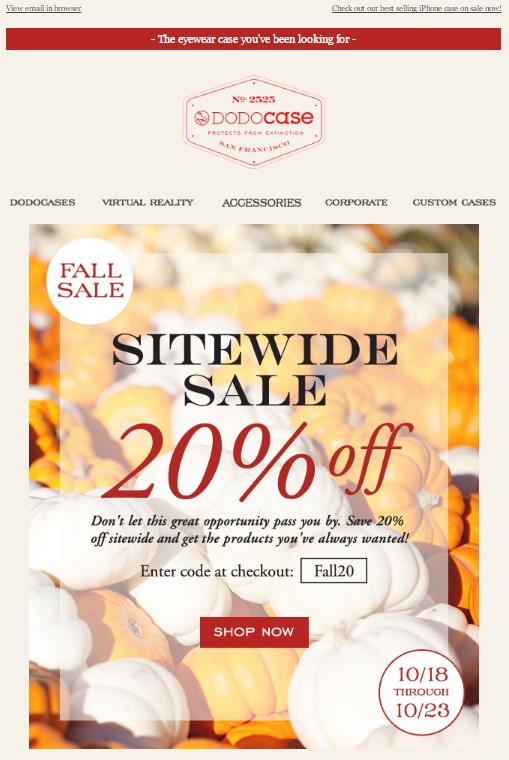
Upselling offer
Upsells can be delivered on the post-purchase page in Shopify, allowing store owners to upsell consumers who have completed their orders. Pre-purchase upsells, on the other hand, occur before a consumer completes an order. As a result, post-purchase upsells do not jeopardize first-order conversion. As a result, they are usually preferred over pre-purchased ones.
Upselling is supported by a number of Shopify apps (including ReConvert for post-purchase and Bold Upsell for pre-purchase). Otherwise, search for "upsell" in the Shopify App Store and pick the ones that work best for your store.
7/ Email marketing
During Covid-19 lockdowns, one of the profit-driven Shopify tips is email marketing. As a result, email marketing ROI was projected to be $42 for every dollar invested, making your company more desirable. There are also no printing or postal costs, no headcounts, and a high level of technology is required.

Email marketing
You can also make the most of this time by boosting your e-commerce promotion efforts through email channels. Brands (such as Deliveroo Plus) can use emails to swiftly and simply send the relevant message in a non-intrusive manner. Offers, recommendations, and reminders can be sent by email, but only in a limited amount per time period. Search for the keyword "email marketing" in the Shopify App Store. Shopify Email is an excellent example, with hundreds of customizable layouts and up to 2500 emails each month sent for free.
Overall, whatever mix of strategies you choose to employ, make an effort to budget for your endeavors. Don't only look for sources with a lot of traffic. Strike a balance between audience size and genuine enthusiasm for your items.


